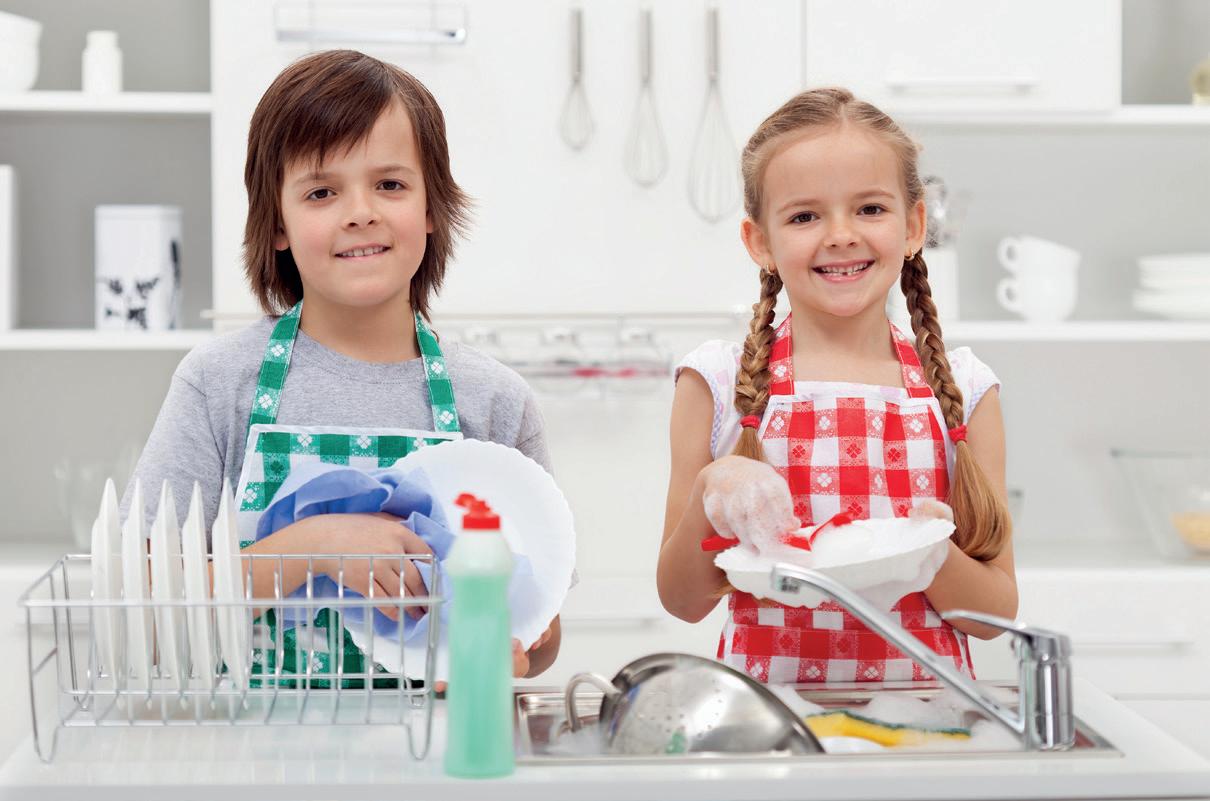
3 minute read
Motivating good behaviour
Motivating Good Behaviour: What's the Secret? By Gabrielle Nash If you’re lucky enough to find bedtime a breeze, or have a co-operative child who eats all their vegetables, then you are indeed one of the fortunate and few. If you regularly find yourself battling bath times and lack of fruit intake and gentle (and not so gentle) admonishment of your child just doesn’t work, then it might be worth introducing a system to motivate good behaviour.
Reward-based systems like sticker charts are popular and effective tools because they’re positive.
However, every child is wired differently, so it’s important you think carefully about exactly what motivates your child. Reward charts can work well, as can marbles in a jar (or pasta in a pot). The idea here is that your child earns marbles for completing a task or behaviour. Once the jar/pot is full they earn an activity or treat.
Your child’s age is also a factor. For toddlers a reward chart during potty training is great. A simple concept like “do a wee in the potty and you can have a sticker” is easy to understand. But anything more complicated and a toddler will struggle because they don’t fully understand the idea of consequence yet.
Once you’re using a reward chart, it’s important to be reliable and consistent. Ideally, you’d like your child to simply wish to behave well without needing the chart as motivation; the best way to encourage this is to combine the reward with plenty of praise.
Top Tips for Making Reward Systems Work
- Keep it specific. Pick a few areas that need work and make sure to explain to your child why they’re important. For example, if your child struggles to go to bed without a fuss, try a reward chart for good behaviour at bedtime. Explain what that means for you (eg stay in bed) and why it’s important (eg if you don’t get plenty of rest, you won’t have the energy for more fun tomorrow).
- Be clear about your expectations. For example, if your child consistently behaves badly in public, on your next outing make it clear what the boundaries are for their behaviour: “I would like you to walk nicely on the pavement with me” or “I would like you to sit and read with me while we wait at the doctors.”
- Consider what it is reasonable to ask of them. This will be dependent on age, personality and energy levels. A tired child is considerably less cooperative.
- Praise is essential. A child who feels good when praised, is encouraged to develop a desire to be “intrinsically” well behaved and need rewards less.
- Focus on effort, when giving praise. Be immediate and be generous, combining your words with eye contact and a cuddle.
- Whenever discussing your child’s good behaviour, never confuse them by also introducing a criticism or caveat.
So what about the bad behaviour? A child learns to repeat an action that gets the desired effect: attention from a parent. It could be that your child is behaving badly because they feel they need more of your time, so giving them plenty of attention when they are behaving well may alleviate negative behavior. The once popular options of using either a “naughty step” or a “time-out” are no longer well thought of because they are based on punishment. When used judiciously, however, what those methods can still offer, is an opportunity for both parent and child to calm down before tantrums or tempers explode.

Finally, while motivating your child to behave well is important, children do need to be able to make mistakes without negative consequence. So if your child slips up now and then, gently point this out and encourage them to try again. Remember all children learn by observation too. So model good behaviour towards them and others whenever you can. Follow Gaby @thelondonishmum Email us at info@familiesmagazine.co.uk to receive a free, printable Colour-in Animal Reward Chart.








